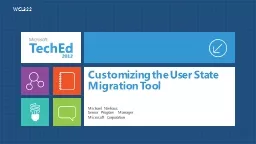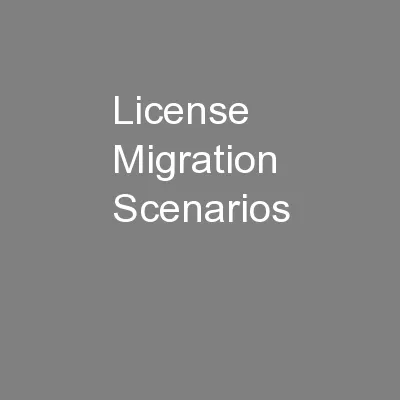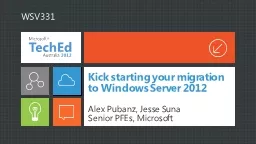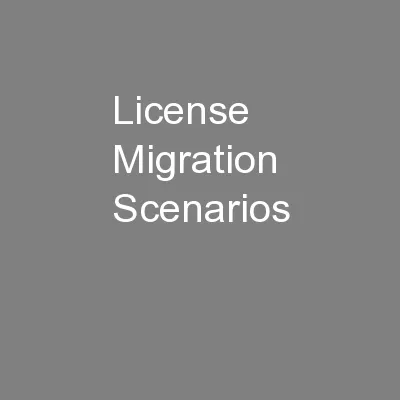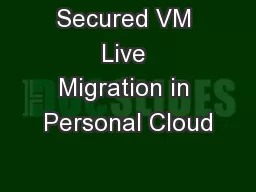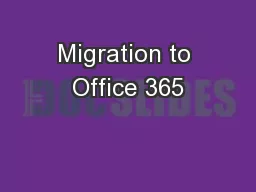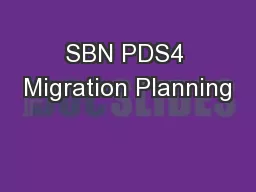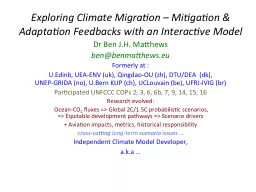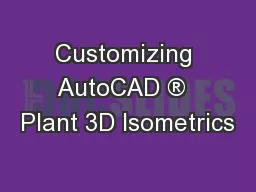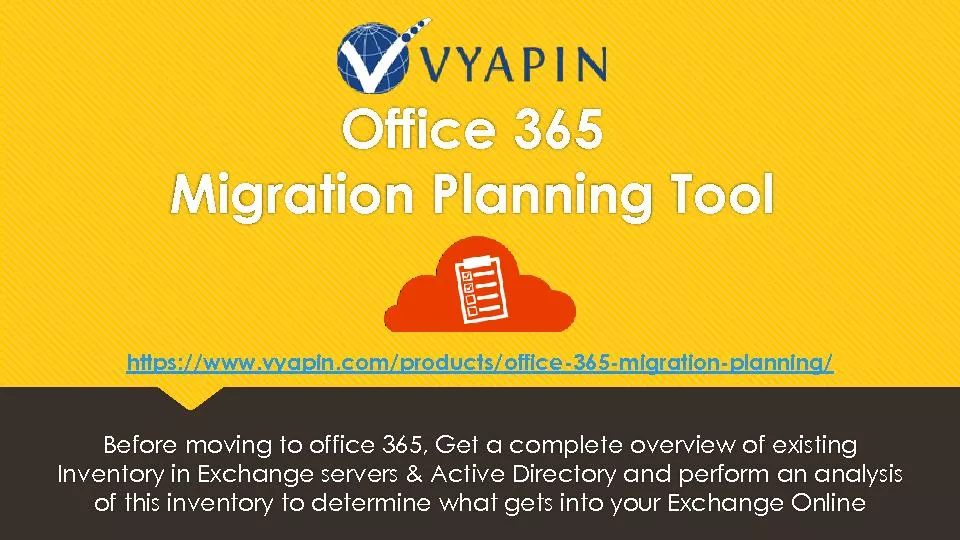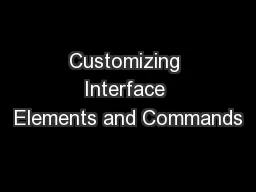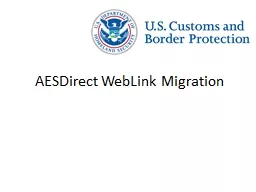PPT-Customizing the User State Migration Tool
Author : celsa-spraggs | Published Date : 2018-11-14
Michael Niehaus Senior Program Manager Microsoft Corporation WCL322 Overview of USMT 40 Features Captures and restores data Files and folders Registry keys Windows
Presentation Embed Code
Download Presentation
Download Presentation The PPT/PDF document "Customizing the User State Migration Too..." is the property of its rightful owner. Permission is granted to download and print the materials on this website for personal, non-commercial use only, and to display it on your personal computer provided you do not modify the materials and that you retain all copyright notices contained in the materials. By downloading content from our website, you accept the terms of this agreement.
Customizing the User State Migration Tool: Transcript
Download Rules Of Document
"Customizing the User State Migration Tool"The content belongs to its owner. You may download and print it for personal use, without modification, and keep all copyright notices. By downloading, you agree to these terms.
Related Documents

